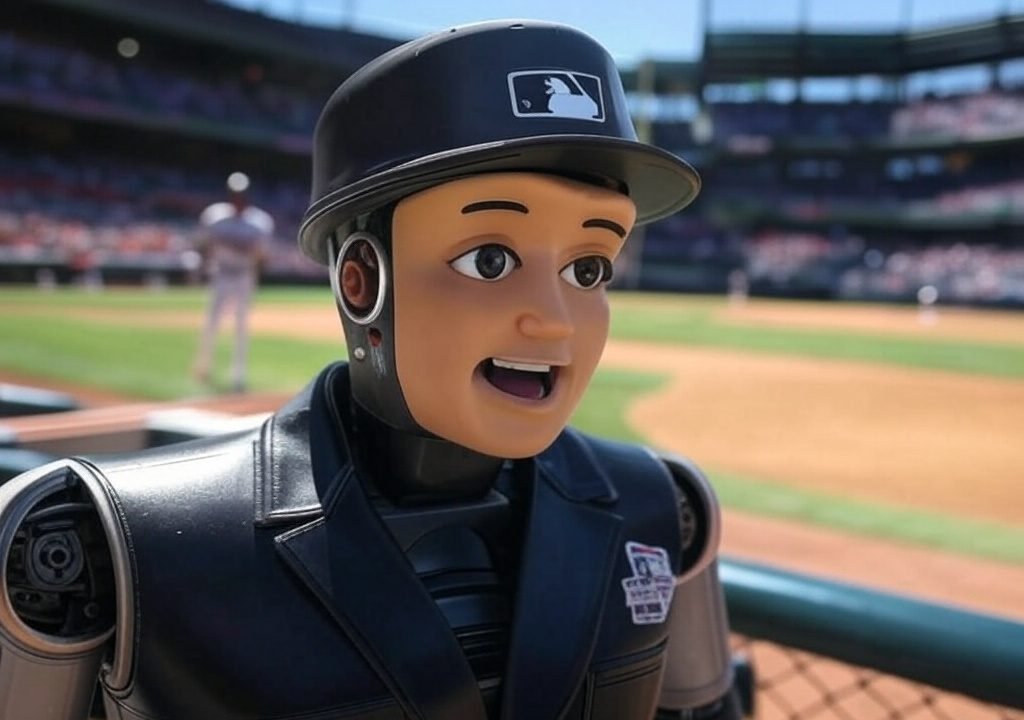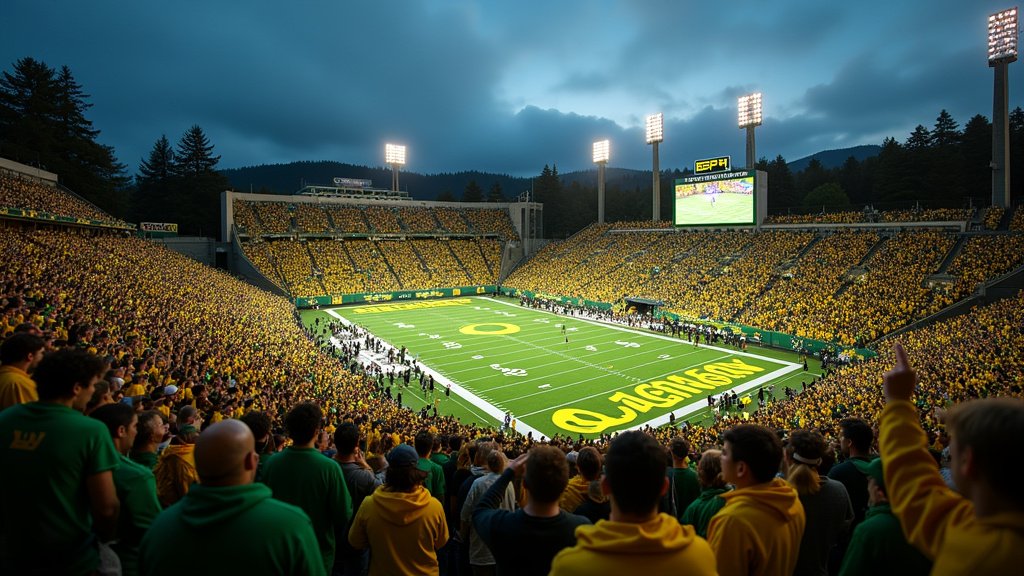Revolutionizing Baseball: The Future of Umpiring with Automated Ball-Strike Systems
The world of Major League Baseball (MLB) is on the brink of significant transformation as a computerized system designed to call balls and strikes is tested during spring training exhibition games. After four years of trials in the minor leagues, the Automated Ball-Strike System (ABS) could soon play an integral role in the way games are officiated. Baseball Commissioner Rob Manfred has been a strong advocate for this technology, emphasizing that it is intended to assist, rather than replace, home plate umpires.
The Introduction of ABS in MLB
Starting in 2024, MLB will focus on testing a challenge system where human umpires will make the original calls. As a part of this process, data collected from spring training could lead to adjustments for Triple-A games later in the season. The integration of technology into baseball has been a topic of discussion for years, and now fans and players alike are eager to see how this new system will unfold.
Understanding the Automated Ball-Strike System
So, how does the Automated Ball-Strike System actually work? Stadiums equipped with advanced cameras track each pitch, determining whether it crosses home plate within the designated strike zone. During initial testing phases, umpires were fitted with earpieces that communicated whether a pitch was a “ball” or a “strike.” They would relay this information to players and fans using traditional hand signals. This blend of technology and human oversight aims to enhance the accuracy of calls without removing the essential role of the umpire.
The Challenge System
The challenge system adds an exciting dimension to this testing phase. During games, human umpires will make calls on every pitch, but each team will have the opportunity to challenge two calls per game. This does not include challenges for extra innings. If a challenge is successful, the team retains its ability to challenge again, similar to the video review system already in place for various calls in the MLB. This approach has been in practice since August 2008, initially for home run calls and later expanded.
Rules for Challenging Calls
Only players directly involved in the play—namely the batter, pitcher, or catcher—can initiate a challenge. They signal their intent to challenge by tapping their helmet or cap, with no assistance from the dugout allowed. A challenge must be made within a strict two-second window. Upon a challenge, the pitch and the corresponding strike zone will be displayed on the scoreboard and broadcast feed, while the umpire announces the updated count. MLB estimates that this process averages around 17 seconds, ensuring a quick resolution to potential disputes.
Where is ABS Being Tested?
MLB has installed the ABS in 13 spring training ballparks, serving 19 teams. In Florida, stadiums for the Detroit Tigers, Minnesota Twins, New York Mets, New York Yankees, Philadelphia Phillies, Pittsburgh Pirates, and Toronto Blue Jays will participate. Additionally, five sites in Arizona—shared by teams such as the Diamondbacks, White Sox, Dodgers, and others—are also included in the testing. Approximately 60% of spring training games are set to trial the system, although the number of games played with ABS may vary significantly from team to team.
The Technology Behind ABS
The technology utilized in the ABS is quite sophisticated. A Hawk-Eye pose-tracking system of cameras is installed in the testing venues, allowing precise tracking of pitches and their relation to the strike zone defined by the height of each player. Each batter is measured without shoes before a test game, and the calibration process takes less than a minute. Most spring training ballparks will have eight cameras, while the Diamondbacks/Rockies stadium will have 12.
The Shape of the Strike Zone
While traditional strike zones called by umpires often take on an oval shape, the ABS defines the strike zone as a rectangle, adhering strictly to the rule book. This distinction is important as it may influence the game dynamics and strategies employed by teams. MLB has also adjusted the dimensions of the ABS strike zone multiple times, refining it to respond to players’ and coaches’ feedback.
Historical Context of ABS in MLB
The experimentation with ABS dates back to 2019 when MLB began testing ball/strike technology in the independent Atlantic League. A challenge system was first tried in 2021 across several Florida State League parks. By 2022, ABS was introduced to five Triple-A parks and expanded to all Triple-A stadiums in 2023. The transition to an all-challenge system occurred in June 2024, leading to the current testing phase in spring training.
Success Rates of Challenges
Looking at the success rates of challenges in the previous Triple-A season, the overall return rate was around 51%. Defensive challenges had a success rate of 54%, while offensive challenges were successful 48% of the time. The average number of challenges per game was approximately 3.9, with the offense responsible for about 2.2 of those challenges. The statistics suggest that as the game progresses, players are more likely to challenge calls, reflecting a strategic approach to utilizing the system.
The Evolution of the Computer Strike Zone
Since its introduction, the shape and dimensions of the ABS strike zone have evolved. Initially set at a width of 19 inches in 2022, it was later narrowed to 17 inches to match the width of home plate. This adjustment resulted in a noticeable increase in walks and only minor changes in strikeout rates. The height of the strike zone has also been altered, with the upper limit adjusted based on player feedback to ensure fairness in pitch calling.
Impact on Broadcasts and Player Feedback
One of the concerns surrounding the ABS is its potential effect on broadcasts. To prevent the strike zone box from influencing viewers’ perceptions or inciting them to challenge calls, MLB is exploring various broadcast options. These may include showing the strike zone box without the ball, the ball without the box, or only displaying the corners of the box. This experimentation aims to maintain the integrity of the game while enhancing the viewing experience.
To facilitate player feedback, MLB will provide dugout iPads equipped with an application called ProTABS. This app will allow players to review pitches against their individual strike zone and offer comments on specific pitches and the overall system. This feedback mechanism is crucial for the ongoing development and refinement of ABS.
Conclusion
The testing of the Automated Ball-Strike System marks a pivotal moment in Major League Baseball’s history. As technology continues to play a more prominent role in sports, the balance between human judgment and machine accuracy will be closely scrutinized. Fans, players, and umpires alike are eager to see how this new system will influence the game, enhance the accuracy of calls, and ultimately shape the future of officiating in baseball. As the 2024 season approaches, the results from spring training could set the stage for a new era in MLB, blending tradition with innovation for the benefit of the sport.




